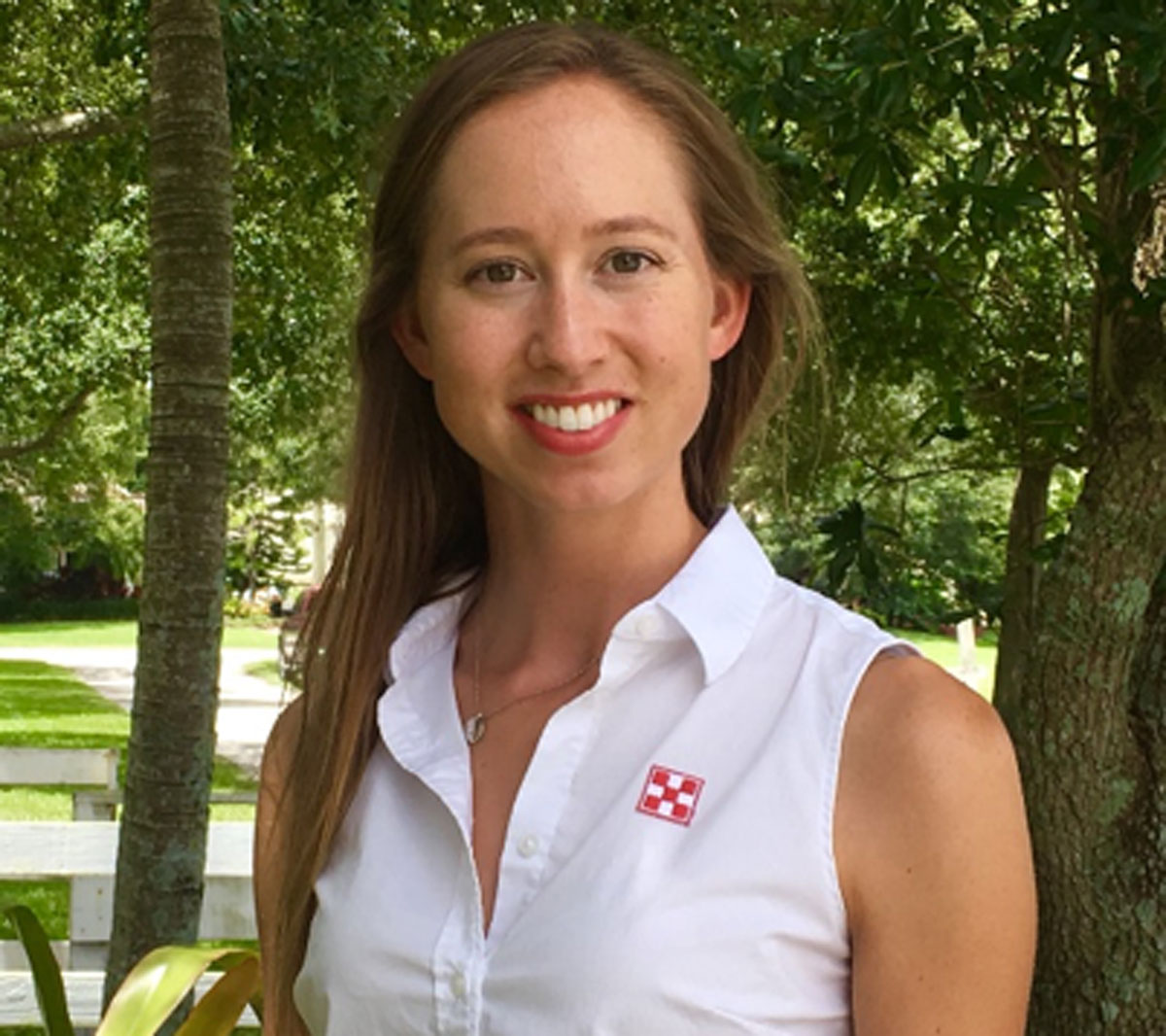
Horses often have an entire team of healthcare professionals. Veterinarians, chiropractors, dentists, acupuncturists and farriers all work together to keep your horse feeling his best and performing at his peak. You might consider adding an equine nutritionist as part of that team.
“The more you ask and expect of your horse, the more important nutrition becomes,” said Anna Pesta, PhD, an equine nutritionist for Purina Animal Nutrition. “When you have bad forage, it’s even more important that the concentrate portion provide the nutrition a horse needs.”
An equine nutritionist not only helps ensure a horse is getting the right mix of nutrients and minerals, they can also help a barn manager simplify the feeding routine. Barns that care for multiple horses likely have to consider the nutrition needs for different life stages, workloads and body types. When the options in the feed room become too diverse, it complicates the feeding process and increases the chance for mistakes.
“Usually the same job can be done with fewer feeds,” Pesta said. “I usually start with two feeds and maybe add a third depending on the horses in the barn.”
Working with a veterinarian is a good place to start for horses with that have underlying conditions. Nutritionists might be independent consultants, on staff at a university or extension service, or employed by a feed company. Only a veterinarian can diagnose an issue, but after the diagnosis they often refer barn owners to an equine nutritionist who can design a feeding program specifically for horses with metabolic issues, Cushings, PSSM, HYPP, chronic liver/kidney disease and other problems.
It can also be helpful to work with a nutritionist when you think you’re giving your horses the right diet, but they just don’t look the way you’d like. Feed and hay is an expensive investment that you want to make the most of.
“If you’re not getting the results for the money you’re putting into feed, it’s time for a second set of eyes,” Pesta said. “Nutritionists can take a look at what you’re feeding and see if there’s a different way of doing things.”


